Daring rescue attempts in 1907 after skaters fell through ice on River Lune in Lancaster
and live on Freeview channel 276
In February 1907 Lancaster and most of the country was in the grip of a severe winter, with snow falling in all corners of the country and the Lune was frozen over for a long stretch of the river.
What this meant to many was the opportunity to go ice skating, then a popular and competitive sport.
Advertisement
Hide AdAdvertisement
Hide AdOn Sunday February 3 there were fatalities on the Lune in the area known as Halton Water.
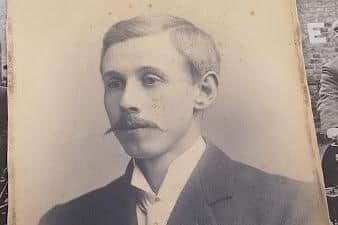

Three skaters died - Richard Jordan, 28, a compositor of 4 Rydal Road; Henry Etchells, 28, an iron turner residing with Jordan’s father at 20 Garnett Street, and Alexander Harrison, 34, a warehouseman at White Cross Mill residing with Mrs Rowe of 21 Balmoral Road.
At around 3pm Harrison was skating with others below the Lune Aqueduct opposite Leemings boat house.
Amongst the skaters was John (Jack) George Auslebrook Kitchen - a motor engineer of Brookfield terrace, Aldcliffe Road.
Advertisement
Hide AdAdvertisement
Hide AdSensibly, he tried the depth of the ice and marked out areas of it where he thought it would be unsafe for skaters to go.
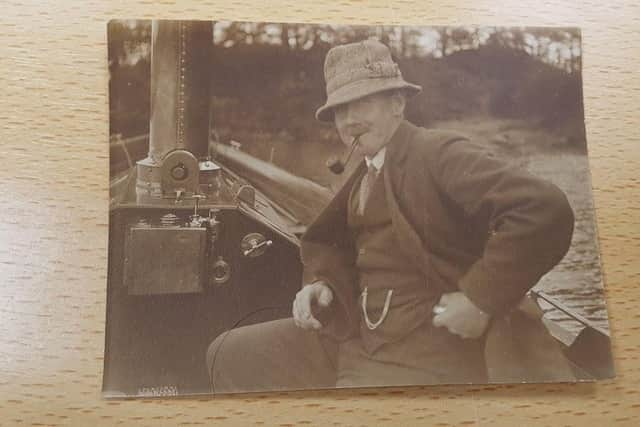

John estimated the ice to be 2.5 to 3 inches thick.
Regardless of this, Harrision skated beyond the marks despite being warned not to do so three times by Kitchen.
Five minutes after the last warning he was seen by John Inglis Hall of Skerton to be skating backwards “when the ice gave way a yard from the edge and in he went” (he was around 16 metres beyond the marks).
Lying flat on his stomach, John approached Harrison and threw him a length of cord –(some papers say an oar was also held out to Harrison).
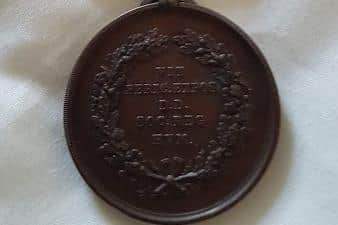

Advertisement
Hide AdAdvertisement
Hide AdHe told him to wrap the cord around his wrist - Harrison did so, and John began to pull him out.
The ice collapsed and Harrison disappeared underneath it, dragging John into the water.
John was pulled from the river, helped by Mr Douthwaite, a solicitor, and Mr J J Gilchrist.
John was nearly unconscious at the time.
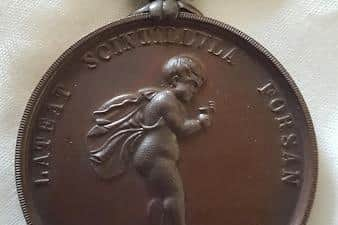

Harrison’s body was later recovered by a flat bottomed boat manned by members of the Lancaster Rowing Club.
Advertisement
Hide AdAdvertisement
Hide AdA quarter of a mile away, at around the same time, Richard Jordan was racing along the ice playing hockey with friends.
He hit a thin patch and went through the ice!
His good friend Harry Etchells and Robert Bell Gibson of Edward Street tried to help, but went into the river themselves.
Gibson kept himself afloat, but sadly Etchells and Jordan drowned.
Gibson was saved by a long rope thrown to him by the driver of a mineral train on the Midland Railway track next to the Lune.
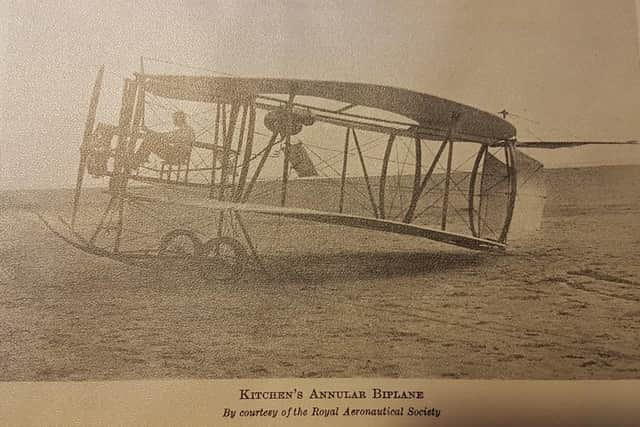

Advertisement
Hide AdAdvertisement
Hide AdGordon Riding (aged 20) took the rope out to him from the train, crawling on all fours.
Gibson was pulled out and taken to the Lancaster Golf Clubhouse where he recovered.
The bodies of Jordan (who had been married at Christmas) and Etchells were found before 6pm.
It was noted that skating continued for some time after the accidents!
Advertisement
Hide AdAdvertisement
Hide AdThe coroner recorded a verdict of accidental death, and all the rescuers were commended for bravery.
On February 16 the committee of the Royal Humane Society made the award of a Bronze medal to John Kitchen for his attempt to rescue Alexander Harrison, another
Bronze medal to Richard Gibson for trying to save the life of Jordan and an “In Memoriam” scroll was awarded to the relatives of Harry Etchells.
Finally, a testimonial was awarded to Gordon Riding of Charles Street for saving Gibson.
Advertisement
Hide AdAdvertisement
Hide Ad(Gordon later emigrated and served in World War One in the Australian Imperial Forces, being awarded a Military Medal in October 1916 whilst serving in France.)
The funerals of Jordan and Etchells took place on February 7, Jordan being buried at Lancaster and Etchells at Manchester.
I have not been able to establish where Harrison is buried.
On March 8 1907 in the Lancaster Police Court, the Mayor presented the medals (John Kitchen’s actual medal is seen in the pictures) and the vellum “In Memoriam”
and testimonial certificates, each of which had been signed by the Prince of Wales.
Advertisement
Hide AdAdvertisement
Hide AdJohn Kitchen went on to be a famous engineer with over 118 patents to his name, and was the designer of the Kitchen annular biplane and the Kitchen reversing rudder which is in use to this day.
He had dozens of patents to his credit, notably the Kitchen marine rudder which enabled ships to turn in their own length, and a thrust reverser still used today to slow jet aircraft down on landing.
He died at the Royal Lancaster Infirmary in 1940.
(He appeared in the Lancaster Guardian in September 2022).
As ever I would be very glad if relatives of anyone mentioned would like to contact me.
The Bronze Royal Humane Society medal is still awarded today, the first medals were issued in 1774.
Advertisement
Hide AdAdvertisement
Hide AdThe medal shows a cherub blowing on a burnt out torch, with the latin inscription “perhaps a tiny spark may be concealed”.
The Bronze medal comes in two variants from 1837, for successful rescues and unsuccessful rescue attempts - this latter version has “his life having been exposed to danger” in latin on the reverse.
Sadly an unsuccessful medal was awarded to John Kitchen.
The inscription “John G A Kitchen Feb 3 1907” is around the rim.